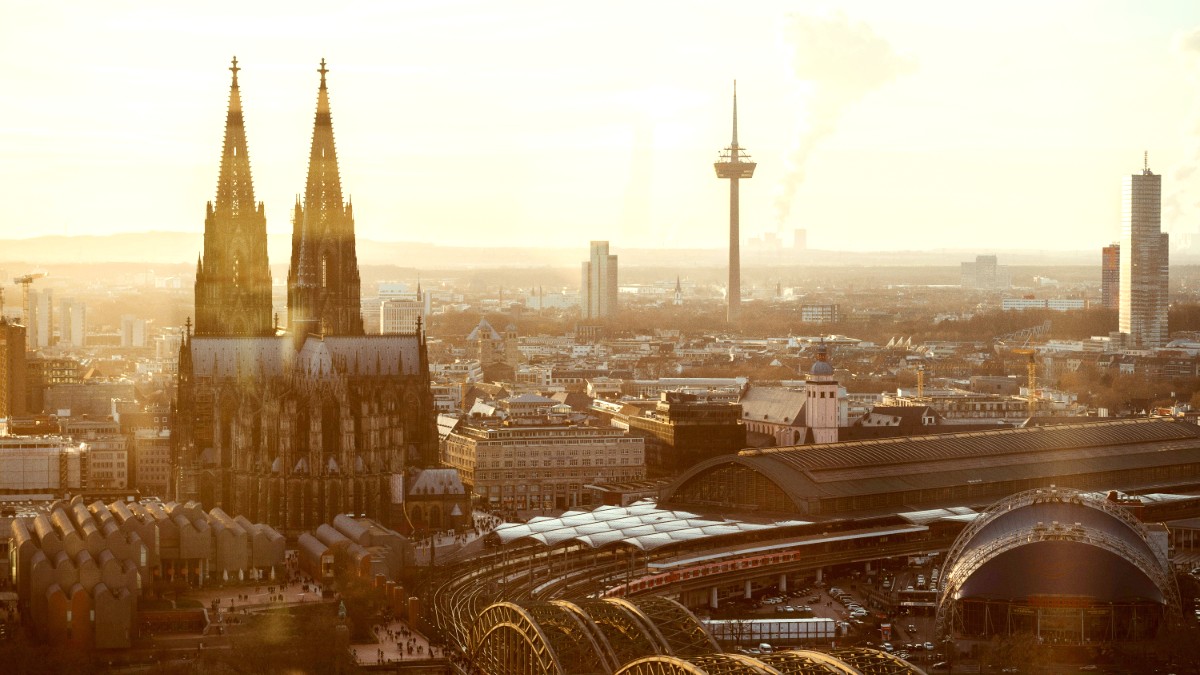
North Rhine Westphalia, Germany
The U-Bahn (Underground/Light Rail) operates partly underground and partly above ground like a tram. It an extensive network that covers the city center and connects to outer districts and nearby towns. The U-Bahn is fast and frequently runs, a quick way to cross the city. Trams (Straßenbahn) operate mainly above ground, delivering good coverage within the city center and reaching many residential areas. They a good way to see the city as you travel.
Buses fill gaps in the U-Bahn and tram network, serving more localized routes and extending coverage to areas not directly reached by rail. They are useful for shorter distances or specific neighborhood connections. S-Bahn (Suburban Trains), operated by Deutsche Bahn (DB), trains are integrated into the regional public transport network (VRS - Verkehrsverbund Rhein-Sieg). These trains connect Cologne with its suburbs and nearby cities like Bonn and Düsseldorf, and also link directly to Cologne Bonn Airport (CGN).
Einzelticket (Single), 4erTicket (4-Trip), TagesTicket (Day, 24h for 1 or up to 5 people), WochenTicket/MonatsTicket. Cologne Card (unlimited public transport, discounts).
Tickets at KVB vending machines (stations, bus stops), bus drivers (limited), KVB centers, KVB App. Validate paper tickets upon boarding or before U-Bahn platform entry.
Many newer trams and buses are low-floor, easy access for wheelchairs/strollers. Newer U-Bahn stations have elevators/ramps; some older stations are stair-only. KVB website detailed info.
Cream-colored with "TAXI" sign on roof. Metered fares.
On street (light on), at designated taxi stands, or by phone/app.
Short ride €10-€15. Airport transfer €30-€40. Surcharges for night/luggage.
Uber (partners with licensed taxis), Free Now (connects with licensed taxis).
For travelers seeking independence or to explore beyond the city center, various rental options are available.
Cologne's city center exceptionally pedestrian-friendly. Old Town, Cathedral area, Hohe Straße, Schildergasse best explored on foot.
Numerous guided walking tours (historical, culinary, brewery) and free tip-based tours. Self-guided tours with maps/apps.
Growing network of dedicated bike lanes, notably along the Rhine. Be aware of tram tracks.
Cologne unique transportation experiences that are both practical and enjoyable.
KVB (Cologne's public transport operator) information on accessible lines, stations, and vehicles on its website.
For mobility needs.
Many newer buses and trams are low-floor and equipped with ramps, making them more accessible.
Easy access for all.
Major attractions generally strive for accessibility, but older buildings (Cathedral, historical churches) limitations due to ancient architecture.
Check in advance.
Cologne's diverse transportation options mean you explore the city and beyond comfortably and efficiently.
Whether you choose public transport, a taxi, rental, or simply walking, the city structured for easy movement.